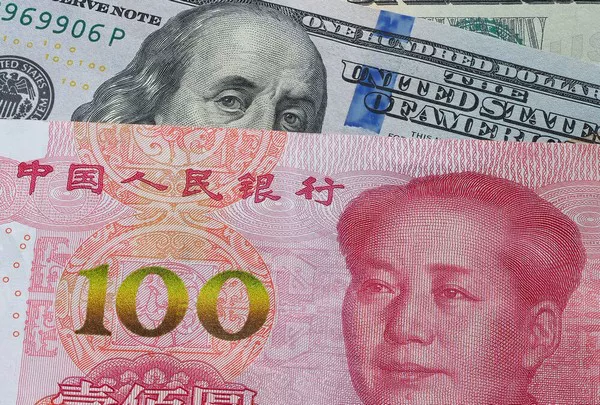In early trading on Thursday, USD/CNH maintained its strength after setting a new high for the year, testing around 7.3400. During this period, the offshore yuan (CNY) not only validated the strength of the US dollar, but also the concerns raised by China and the People’s Bank of China (PBoC) struggling to defend the currency.
The large gap between the USD/CNH daily closing price and the daily mid-rate can be seen as the PBOC has been trying to control the on-shore CNY mid-rate for days. Recently, the People’s Bank of China set the central parity rate of the yuan at 7.2076, compared with 7.1986 in the previous trading day and market expectations of 7.3047. Likewise, the latest news is that some of China’s state-owned banks are aggressively selling dollars in order to defend the yuan exchange rate.
On the other hand, China’s housing prices fell in June for the first time this year, coupled with concerns about a crisis in China’s bond market as the largest private property developer, Country Garden, is struggling to make bond payments, driving USD/CNH Price increased.
It is worth noting that Chinese policy makers have been doing everything possible to dispel market concerns about a slowdown in the economic recovery, but the market has not shown a significant reaction recently, which has thus raised concerns about a recession in the world’s second largest economy , Boosting the rise in USD/CNH.
Elsewhere, the latest Fed minutes underscored policymakers’ discussions on inflationary pressures, even as they were divided on a decision to raise interest rates. That said, the minutes also showed that most policymakers were inclined to support another fight against “sticky” inflation.
In addition, recent strong U.S. data and market concerns about global economic turmoil also supported the rise in USD/CNH.
The minutes of the latest Fed meeting underscored policymakers’ discussions on inflationary pressures, even as they were divided on a decision to raise interest rates. That said, the Fed minutes also suggested that most policymakers were inclined to support the fight against “sticky” inflation.


